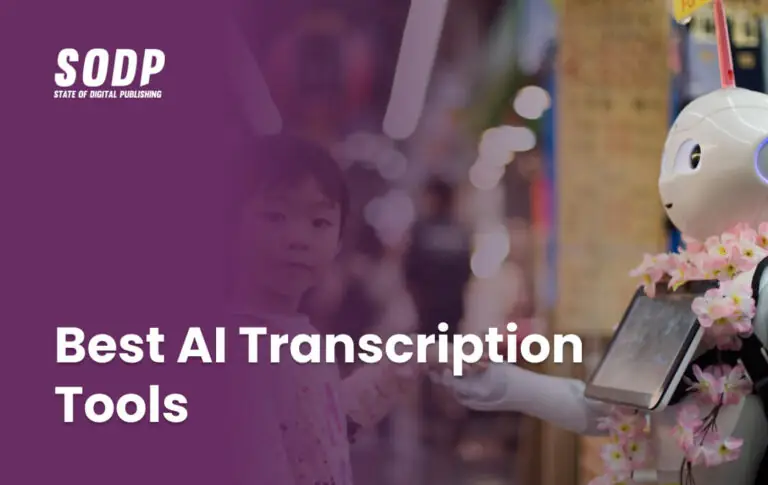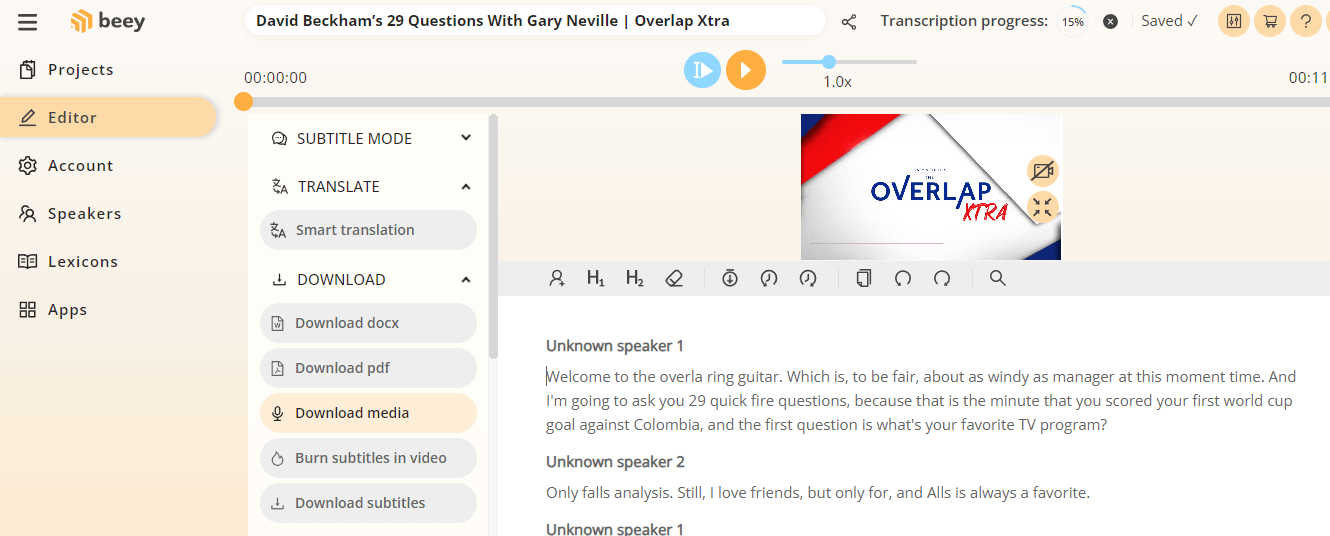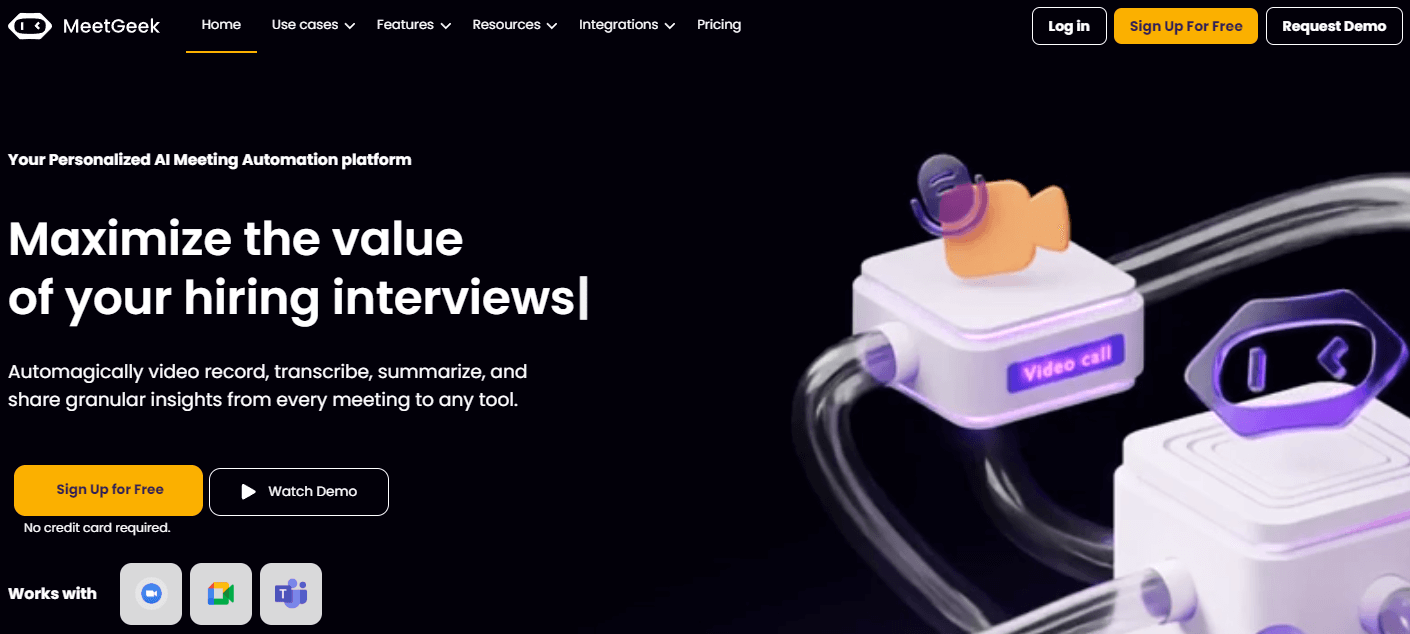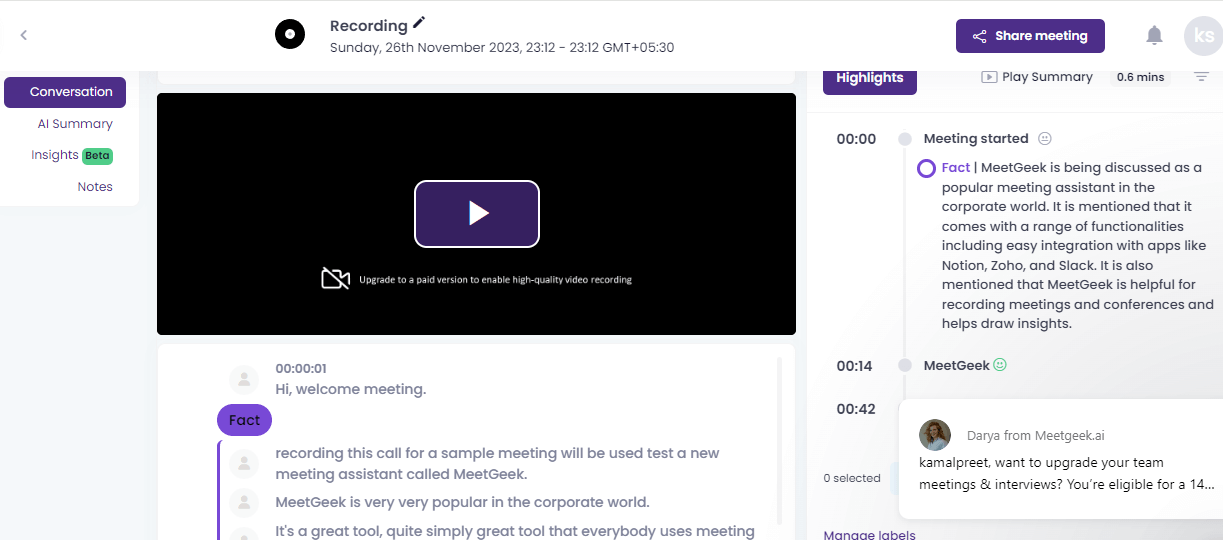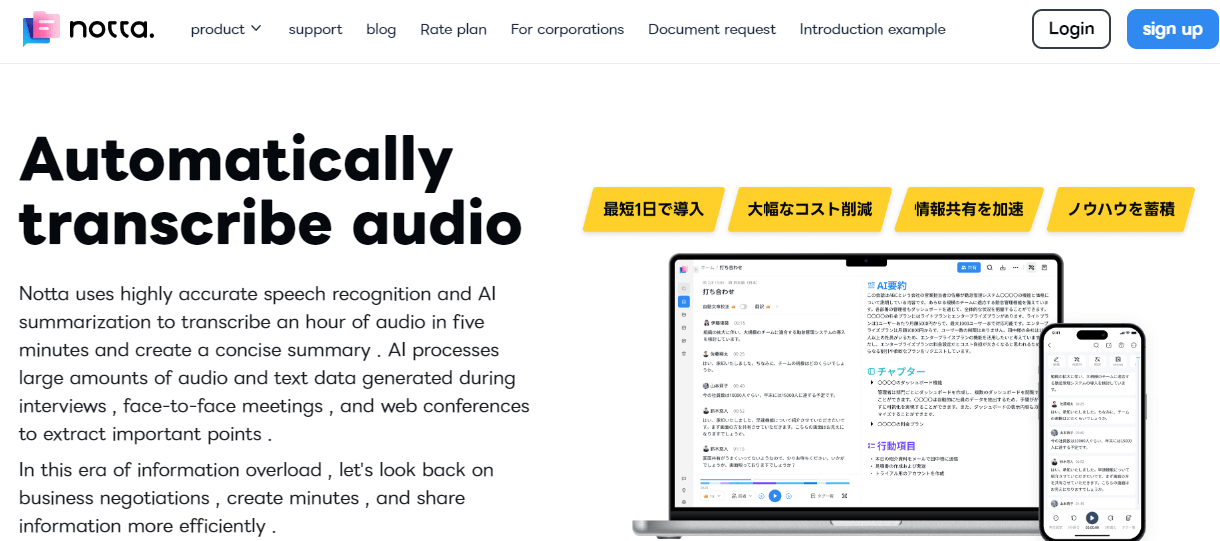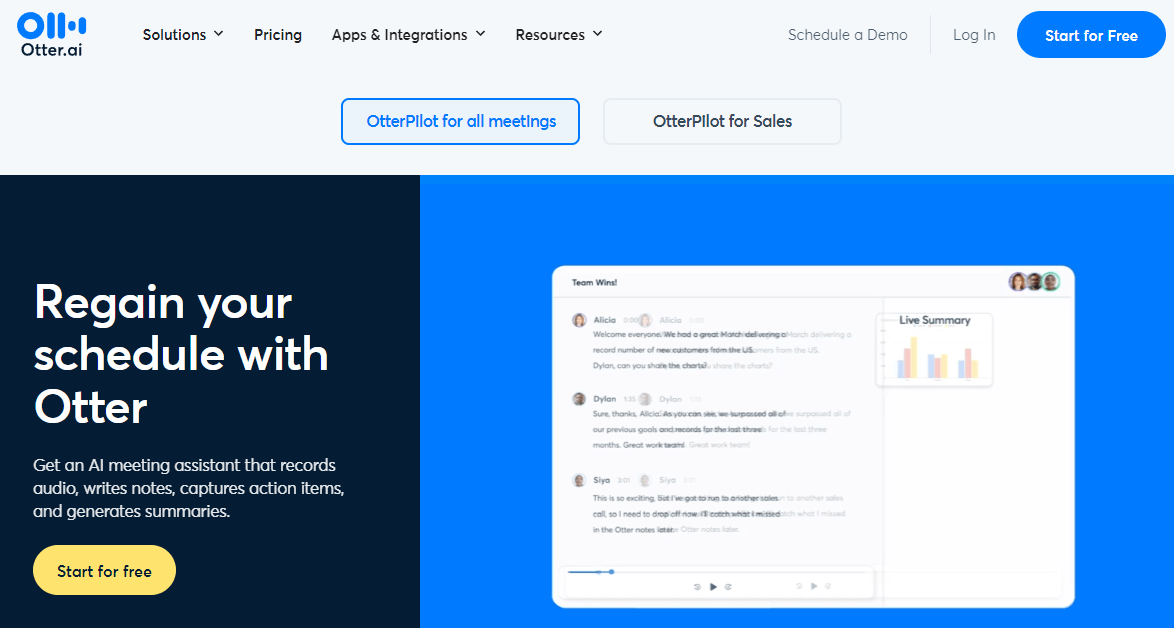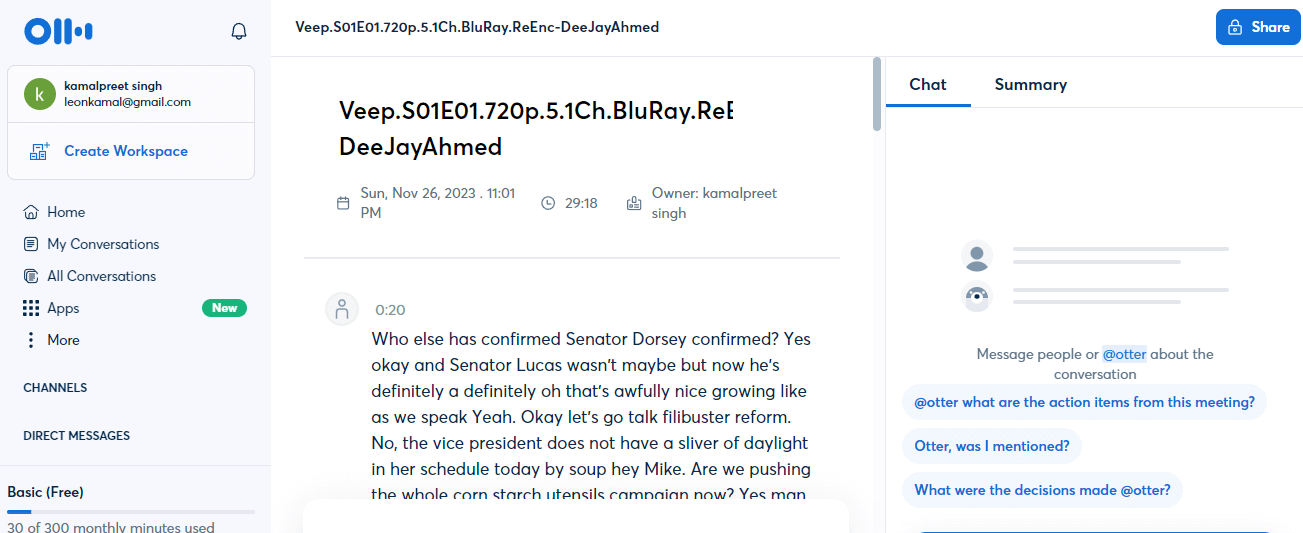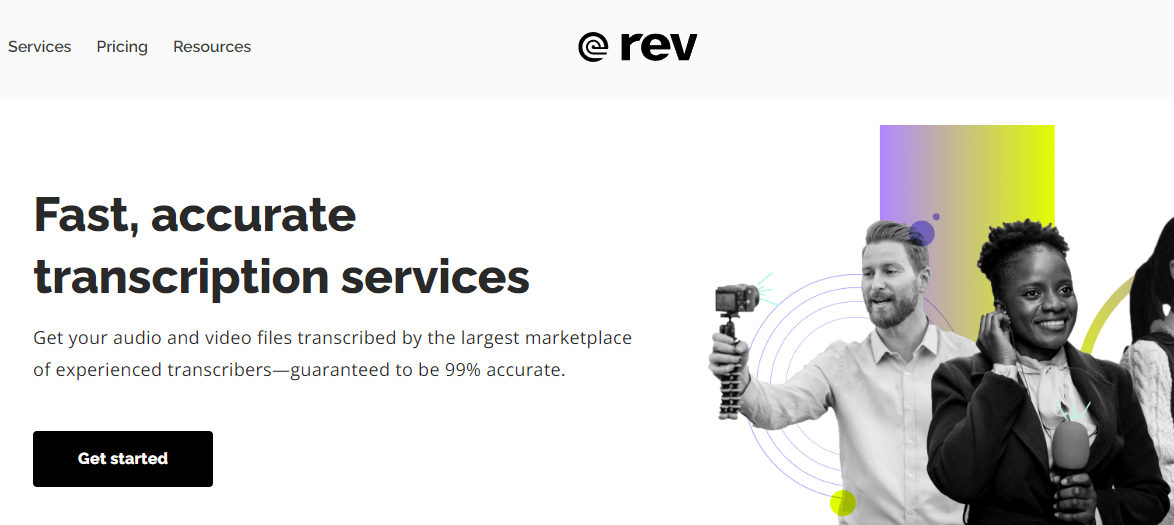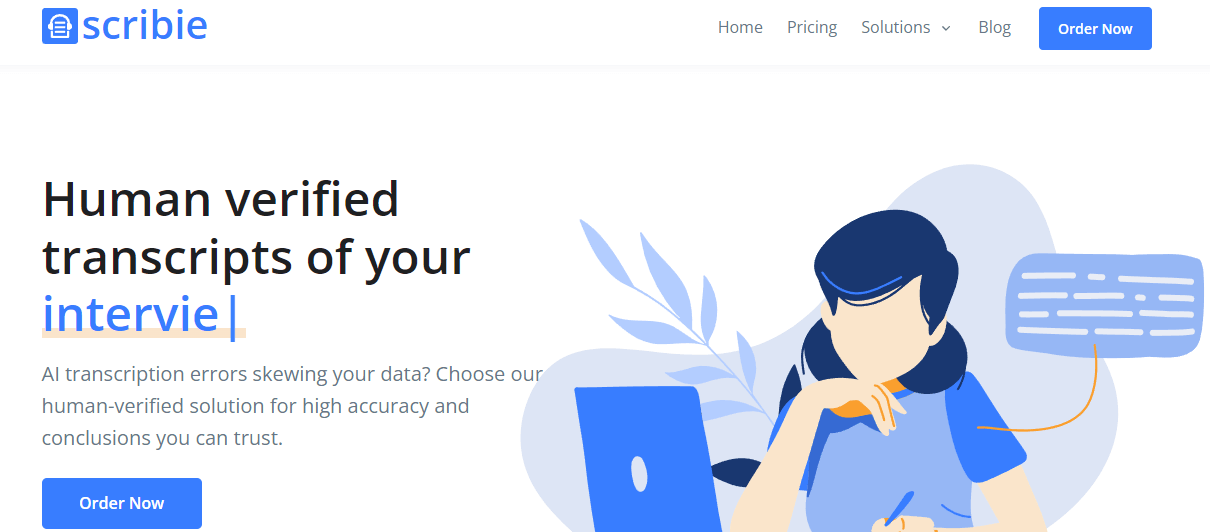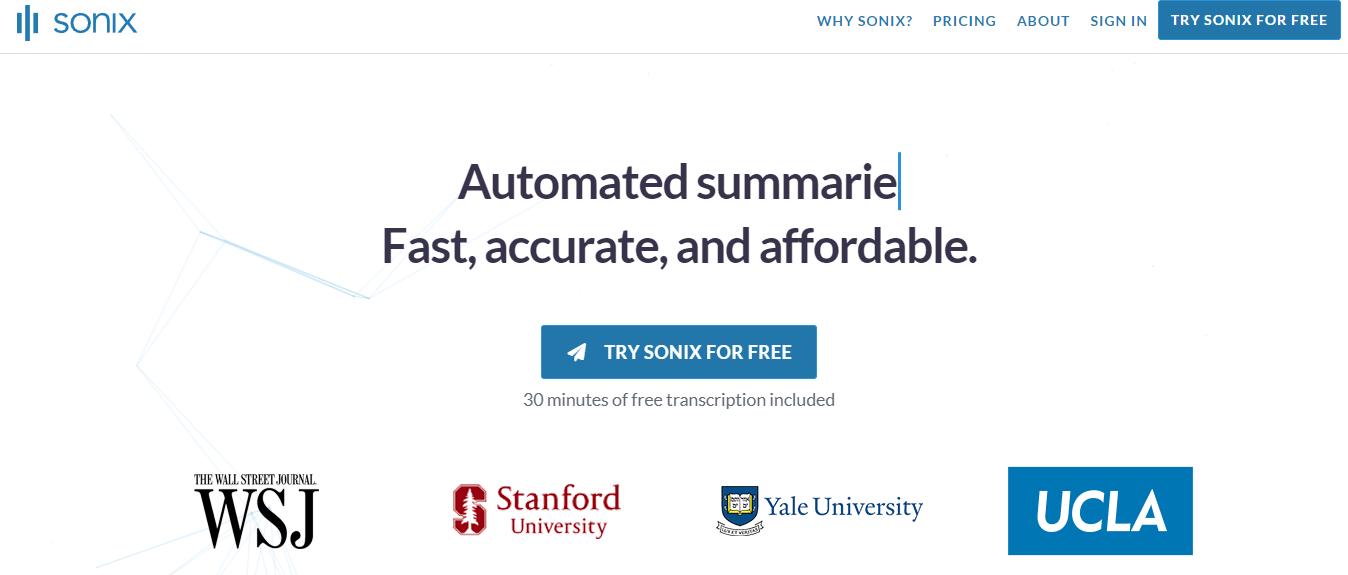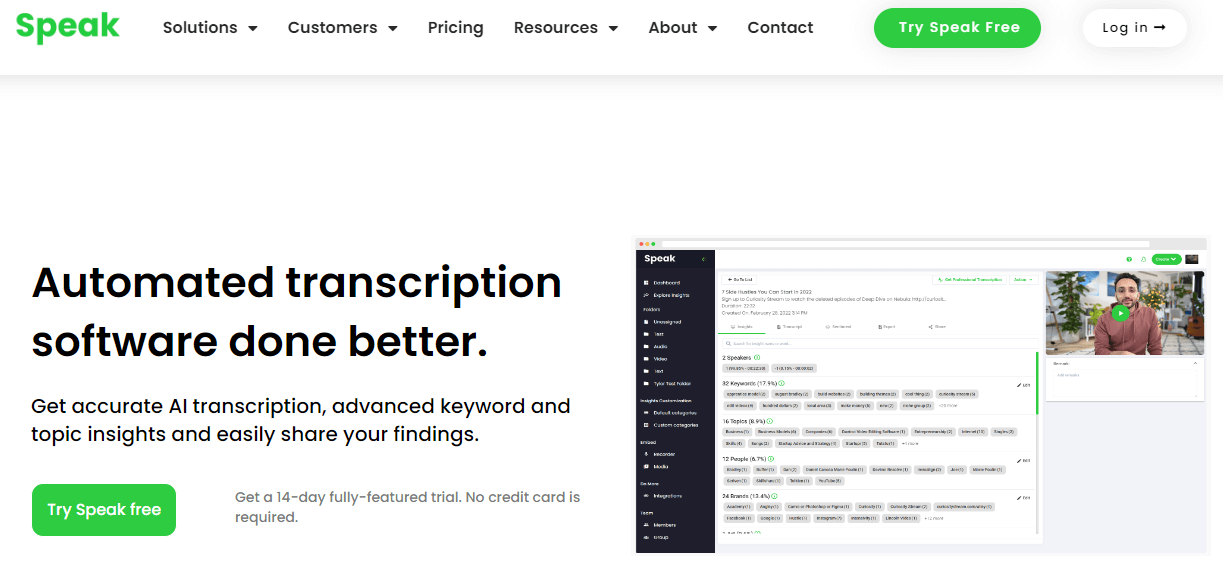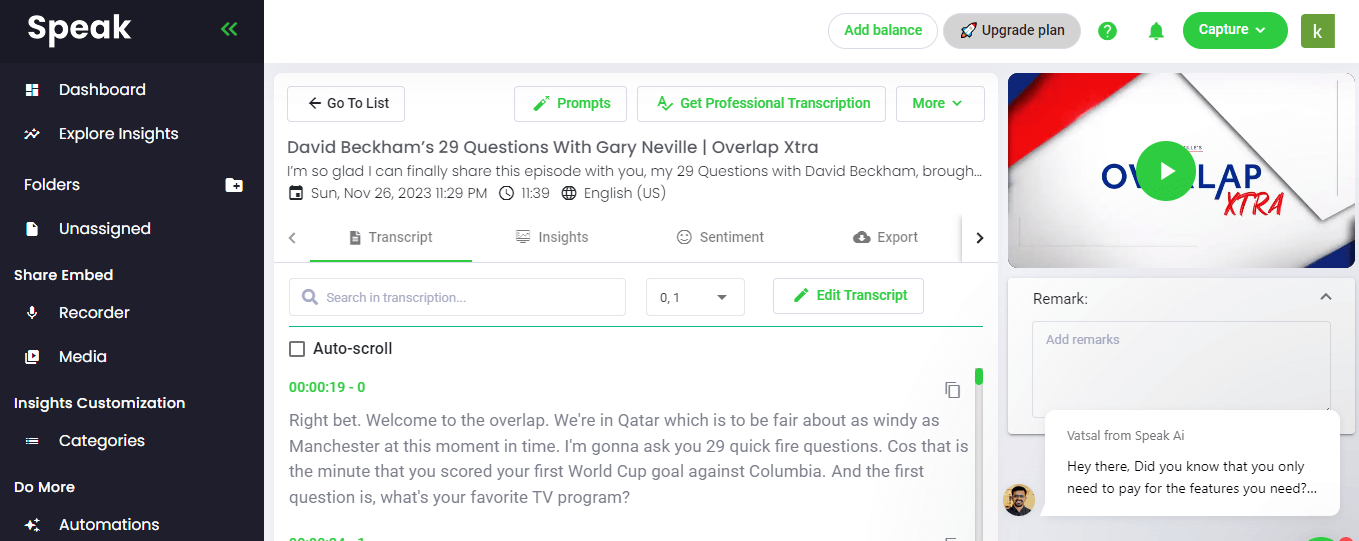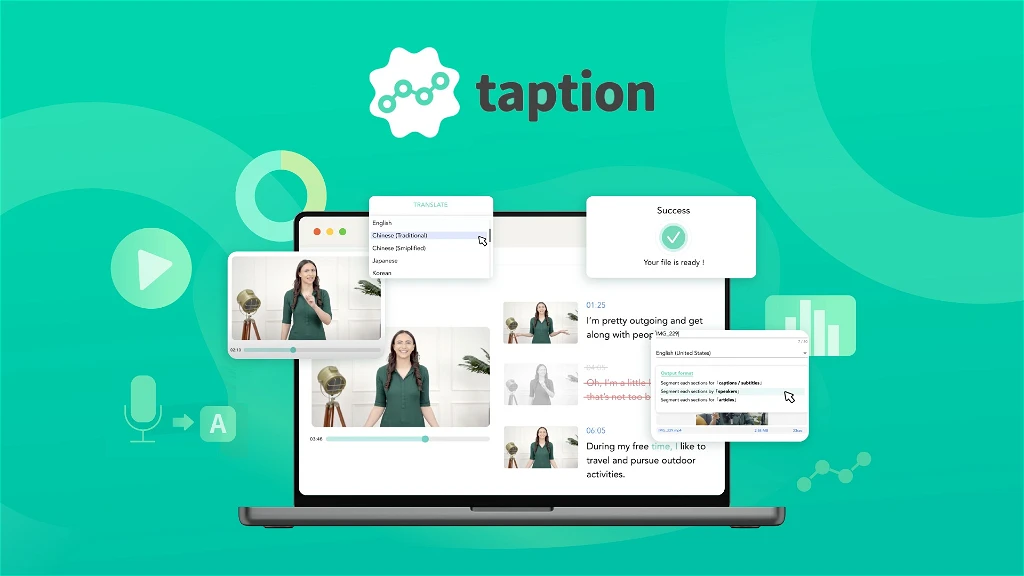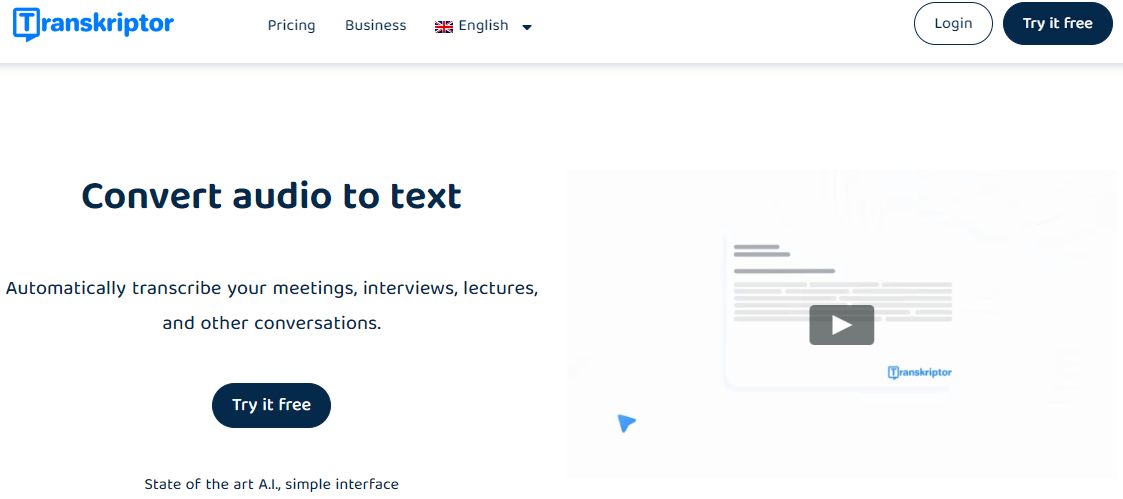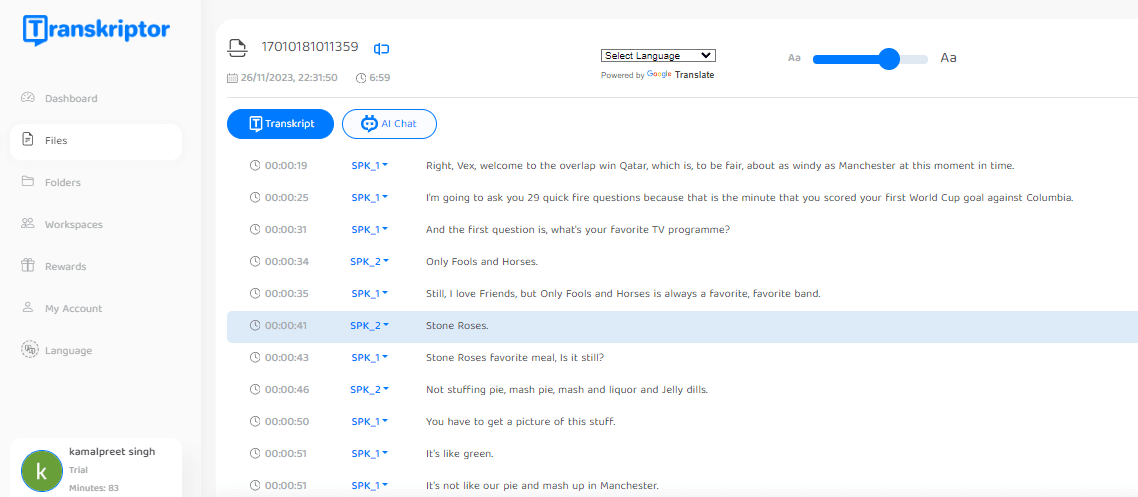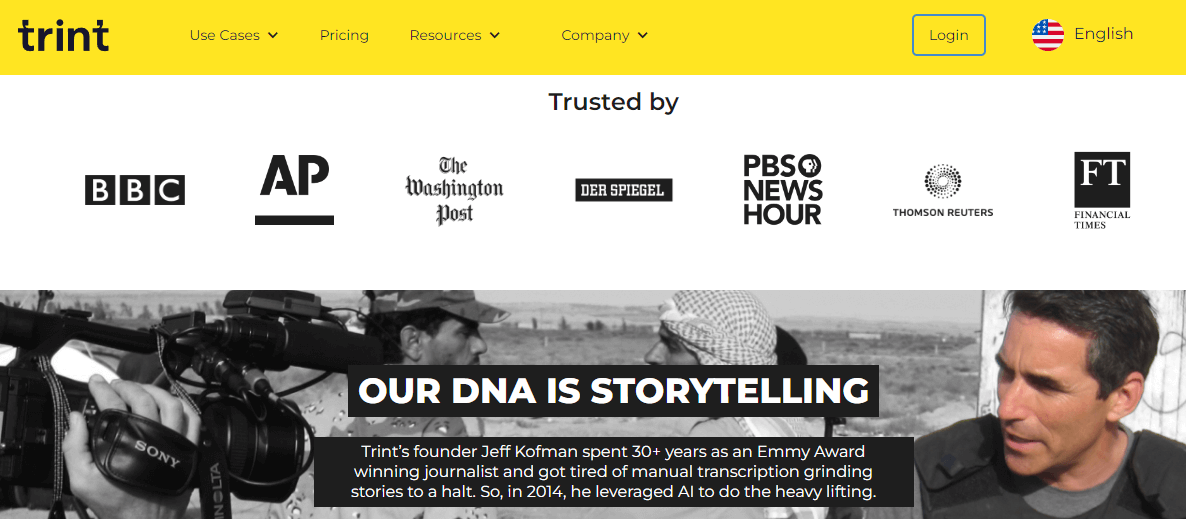Artificial intelligence (AI) transcription tools offer many industries, including digital publishing, the means to quickly and accurately convert audio and video files into text.
The need for transcription services has been around almost as long as the first portable audio recording devices began appearing. And the publishing sector isn’t the only service-based industry that has needed voice-based recordings transcribed.
The US transcription industry was valued at $25.98 billion in 2022. While the industry was built on the back of human transcribers, the process was slow, costly and prone to human errors. The advent of AI, however, means it’s now possible to transcribe large volumes of audiovisual content within a matter of minutes with surprising accuracy, and at a fraction of the cost.
Join us as we look at the best AI transcription tools to streamline workflows, enhance content accessibility and boost productivity.
What Is AI Transcription?
AI transcription is the act of using AI-based tools to transcribe audio or audiovisual inputs to text. Users upload their audio or video files to a tool that can convert the file’s contents to text.
While it might take a human transcriber several hours to convert an hour of audio to text, AI transcription tools can complete the process in minutes. These tools can also convert audio to text in real time.
AI transcription tools achieve this by leveraging a technology known as automatic speech recognition (ASR). Put very simply, ASR works in a two-step process:
- Converting the analog signals or waveforms that make up human voice into digital signals.
- Applying natural language processing (NLP) and AI to analyze these signals and determine whole words and sentences.
The entire process happens quickly, resulting in real-time transcription of streaming audio, and conversion of large audio files to text within minutes.
AI Transcription Use Cases
While the medical and legal professions have traditionally been the heaviest users of professional transcription services, the advent of AI has made speech-to-text possible for a wide range of industries and services.
Some of these include:
Online Education
AI transcription software can not only transcribe live lectures and interactive sessions to text, it also helps to store and organize that text just like physical notes. For instance, the software can highlight the most important parts of a discussion or lecture, allowing students to revisit key sections later.
Business Meetings
AI transcription tools, when leveraged for business meetings, can actually help cut down on the number of business meetings employees need to attend. This is because, in addition to meeting transcripts and recordings, the tools can provide summaries and insights that can be shared across the organization immediately after a call ends.
These tools are also capable of integrating with commonly used communication channels such as Slack to ensure everybody is in sync. They can further integrate with task management tools such as Notion so that voice commands or tasks defined during the meeting are automatically delegated to the person responsible. The result is faster and more efficient knowledge sharing, leading to fewer meetings.
Qualitative Research
Several AI transcription tools provide advanced data analysis and visualization capabilities that allow transcribed text to be understood and shared in ways that are important for researchers.
For instance, word clouds are a visualization technique that some of the tools on our list offer. With a word cloud, researchers can visualize which keywords in a given audio or video recording are the most important, measured by the frequency of their occurrence. This in turn allows them to uncover important insights from their collected data.
How to Choose the Best AI Transcription Tool
There are several AI transcription services available in the market today, meaning choosing the right tool boils down to evaluating it based on several criteria. These include:
- Accuracy: AI transcription tools’ accuracy is usually gauged using a metric called word error rate (WER). It measures the number of errors in the transcribed text as compared to the input audio. Good AI transcription tools have a WER of between 5-10%, which implies that they can accurately transcribe up to 90-95% of the audio they receive as input. In fact, a study conducted in 2021 found that even the best tools in the market deliver an accuracy of slightly less than 90%. In general, it is safe to say that a WER of 30% and above is considered poor.
- Turnaround time: Turnaround time is the time taken by the tool to convert the audio files it received as input into accurate text. This time varies greatly across tools. Some tools can churn out text within a couple of minutes, while others may take much longer.
- Supported languages: Depending on their niche and the geographies they operate in, businesses may need to ensure that the tool they choose provides support for different languages.
- Cost: Different tools may come at different prices and pricing models, such as pay-as-you-go or monthly/annual subscriptions. It’s important for users to understand the complete list of features being offered for the price quoted, and compare these with the competition before making a purchase decision.
 Edited by Andrew Kemp
Edited by Andrew Kemp 
